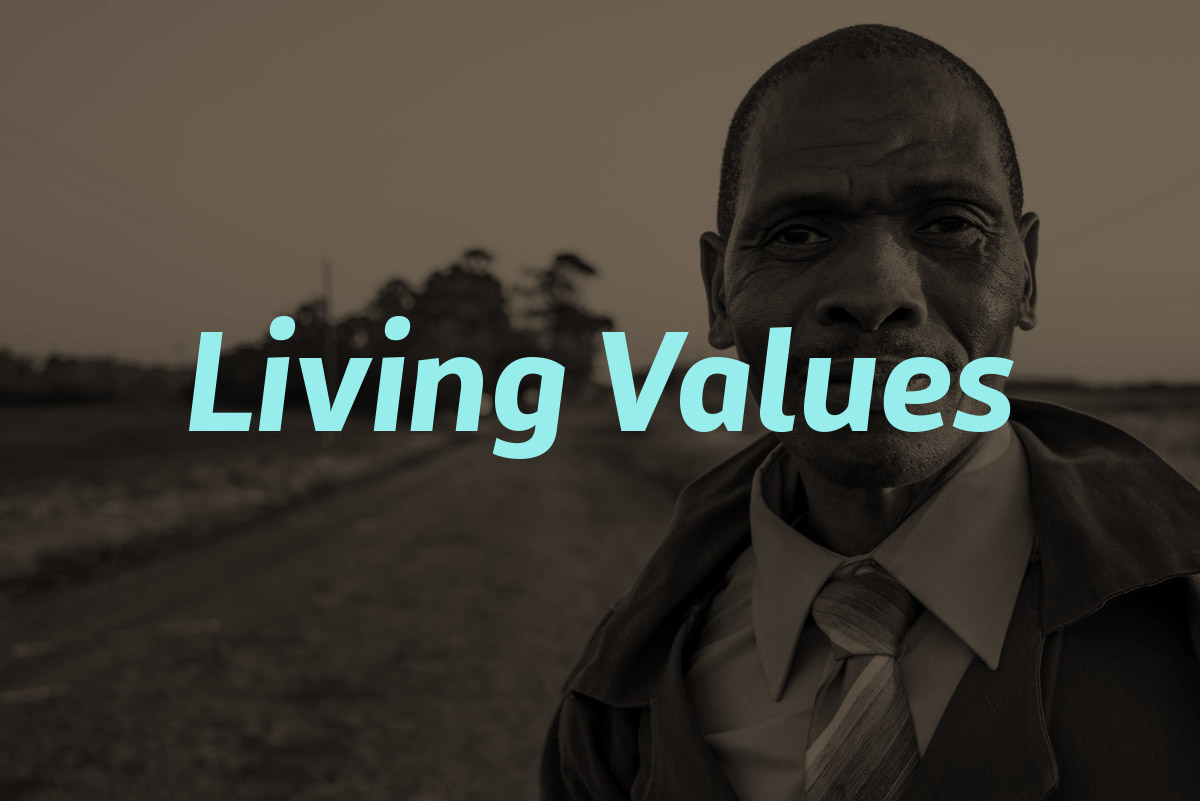
Based on research previously conducted in areas like advance care planning, palliative care, financial planning, and other matters concerned with a person’s last days, the conclusion is clear: a tiny percentage of Americans have recorded their wishes. It isn’t easy to anticipate when these decisions may need to be put into action because a person’s health can take a downturn rapidly and unexpectedly. As a result, this project aims to improve these recording rates early in adult life before they may need to be in place.
We are taking a people-driven design approach for this project and are approaching the issue at a systemic level. A people-driven design approach includes three key parts:
- Research the need to more clearly understand it
- Create solutions with people to impact the need
- Test these solutions to learn its effects
For this project, the people-driven design looks like this:
- Learn the reasons why people do not record their wishes early in their adult lives
- Design culturally-relevant outcomes (like services, websites, flyers, or even plush toys) with community members
- Learn the effects of these design interventions through testing with community members

“Systemic design” means that we are approaching this topic very broadly, so we may find unexpected connections. This type of design is well-suited to complex problems because it considers every part of the issue important. Instead of assuming this is an issue about communication that needs a website, we approach a complex issue like this. It will probably need complex solutions that intertwine and consider people’s feelings, physical needs, and financial concerns. By examining the issue’s complexity and connections, the project is more likely to render innovative results.
A Specific Area of Need: People
Discussing values, beliefs, and goals for life is usually sparked by a significant event. For example, when a person or a loved one becomes very ill or passes away, when a couple has a baby or gets married, or during a divorce or separation, these discussions can become more common. However, because these decisions may be needed, they must be discussed and recorded early. Decisions for end-of-life care or other matters may be activated as early as 18 years of age.
The emotional nature of these discussions makes them difficult to enter. Vulnerability, intimacy, and trust are important for a transparent discussion. The likelihood of discussing these matters may be even more challenging for adults who may have been marginalized for various reasons. As a result, these people are the focus of our current Living Values study.
These characteristics of these individuals include adults who are:
- In early adulthood, ages 18-40
- Located in Hamilton, Ohio; Columbus, Ohio; Cincinnati, Ohio; Rural Kentucky
- Have not been diagnosed with a terminal illness
- Have little knowledge about end-of-life decisions, such as who to contact about these issues, what needs to be done, and where to start
- Perceive that their access to healthcare, legal representation, and/or funeral care is limited because they lack financial resources
- Belong to a cultural or ethnic minority within the region
- Feel they have limited understanding of how healthcare works
Depending on their geographic area, life experiences, and cultural makeup, designed solutions may take on very different forms. The People-Driven Design approach addresses this specifically because it considers peoples’ culture and worldview as a driver for the development of solutions.
The Project Process
This project is being operated in three different phases and involves a great deal of field research with participants living in Ohio and Kentucky communities.
Phase 1: Need Discovery

In the research phase of the process, we will first determine the rates at which underserved populations presently record their end-of-life decisions to establish a baseline. From there, we will work to collect the personal thoughts on end-of-life wishes of those in underserved populations in their own words. This research will focus on documenting perceived factors, such as emotional distress, and real factors, like lack of information, which may represent barriers for these populations.
Phase 2: Design Prototype Solutions
Based on anemic rates of end-of-life decision recording in the United States, it can be assumed that existing services are ineffective. Therefore, this project will further involve participants affected by the issue to envision the products or services they would prefer to have in place. These individuals will then co-create interventions with design researchers in a workshop setting to discover what shape comfortable interventions may take.
Phase 3: Testing
During the testing phase of the project, design interventions that have been created by participants and refined by designers will be implemented and tested. Members of baseline communities will be invited to use the designed interventions. This implementation will reveal the efficacy of the designs, and their effects will be studied to determine if and how they increase the likelihood of discussing and recording end-of-life wishes.
Benefits Beyond

The goal of this project is for adults in underserved populations to have the peace of mind that comes from knowing their personal affairs are in order. Such design optimization will benefit others as well. For instance, medical professionals will have clear directions for providing care consistent with patients’ preferences, and medical care facilities will no longer need to make uninformed decisions that could expose them to unnecessary risk. Finally, families may have fewer stressful decisions to make after losing a loved one.
As with any research endeavor, we can not anticipate all of the benefits of discoveries from this project, and we look forward to those discoveries along the way. We will report them at this site and beyond.
Be the first to comment.